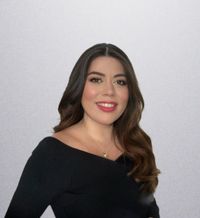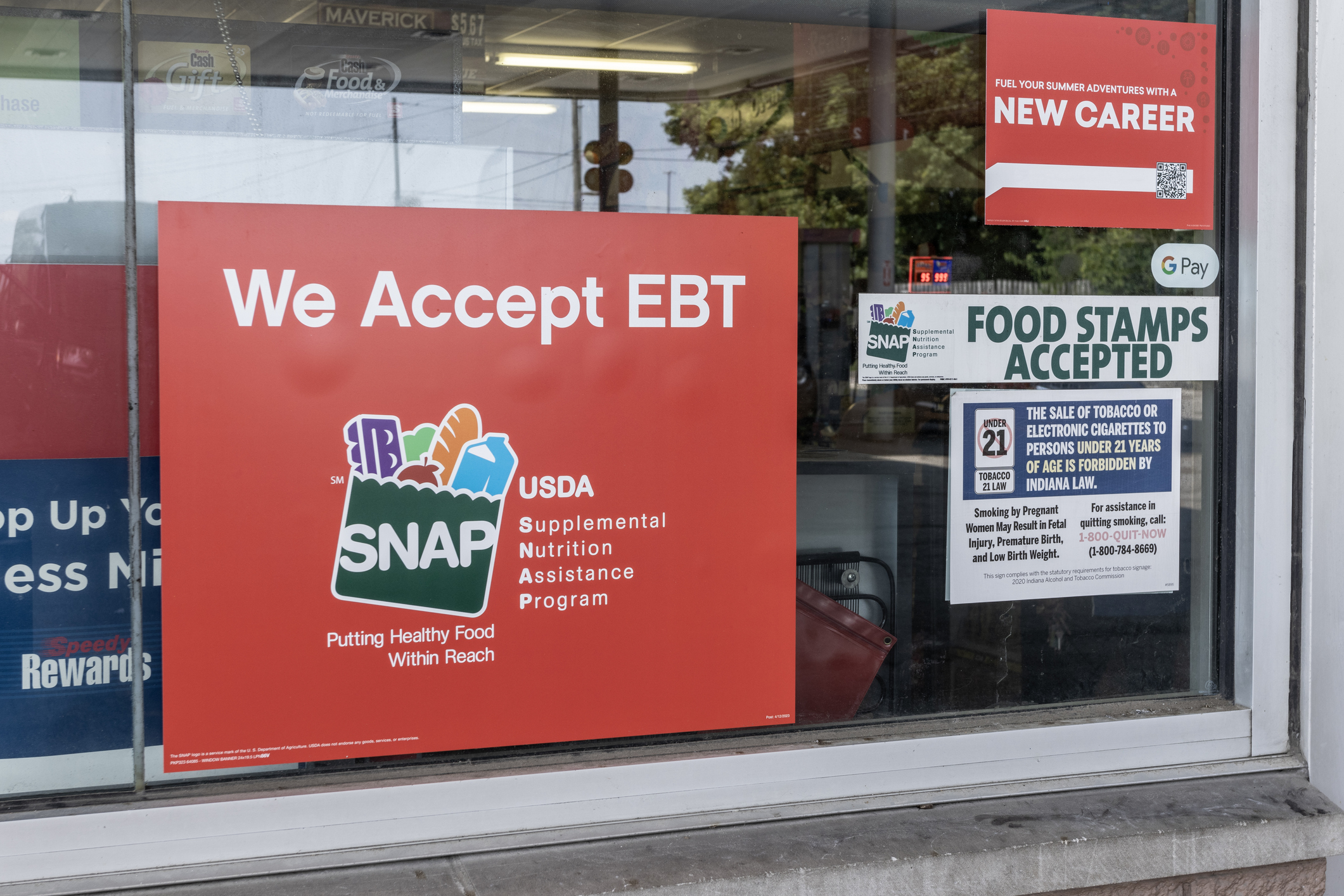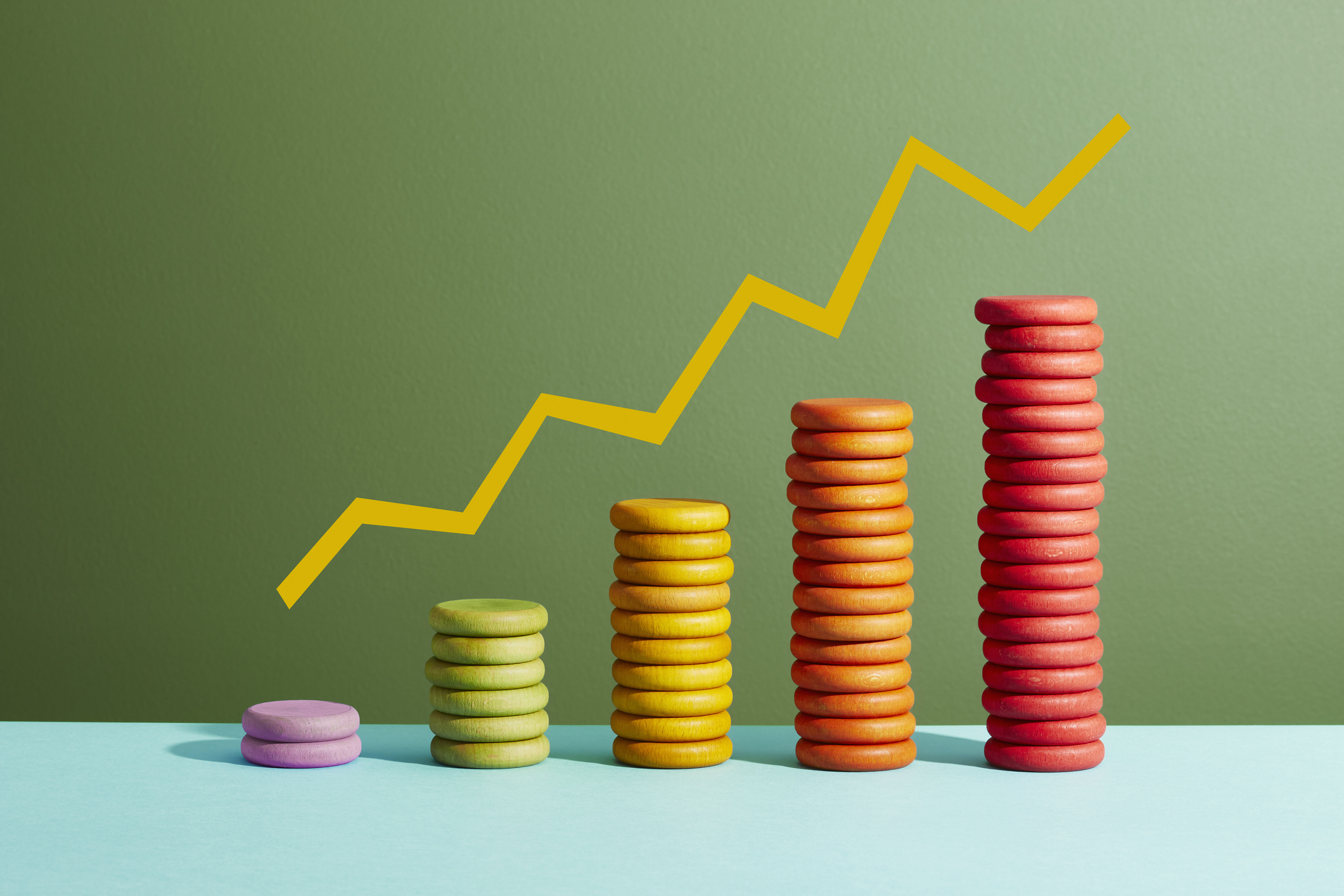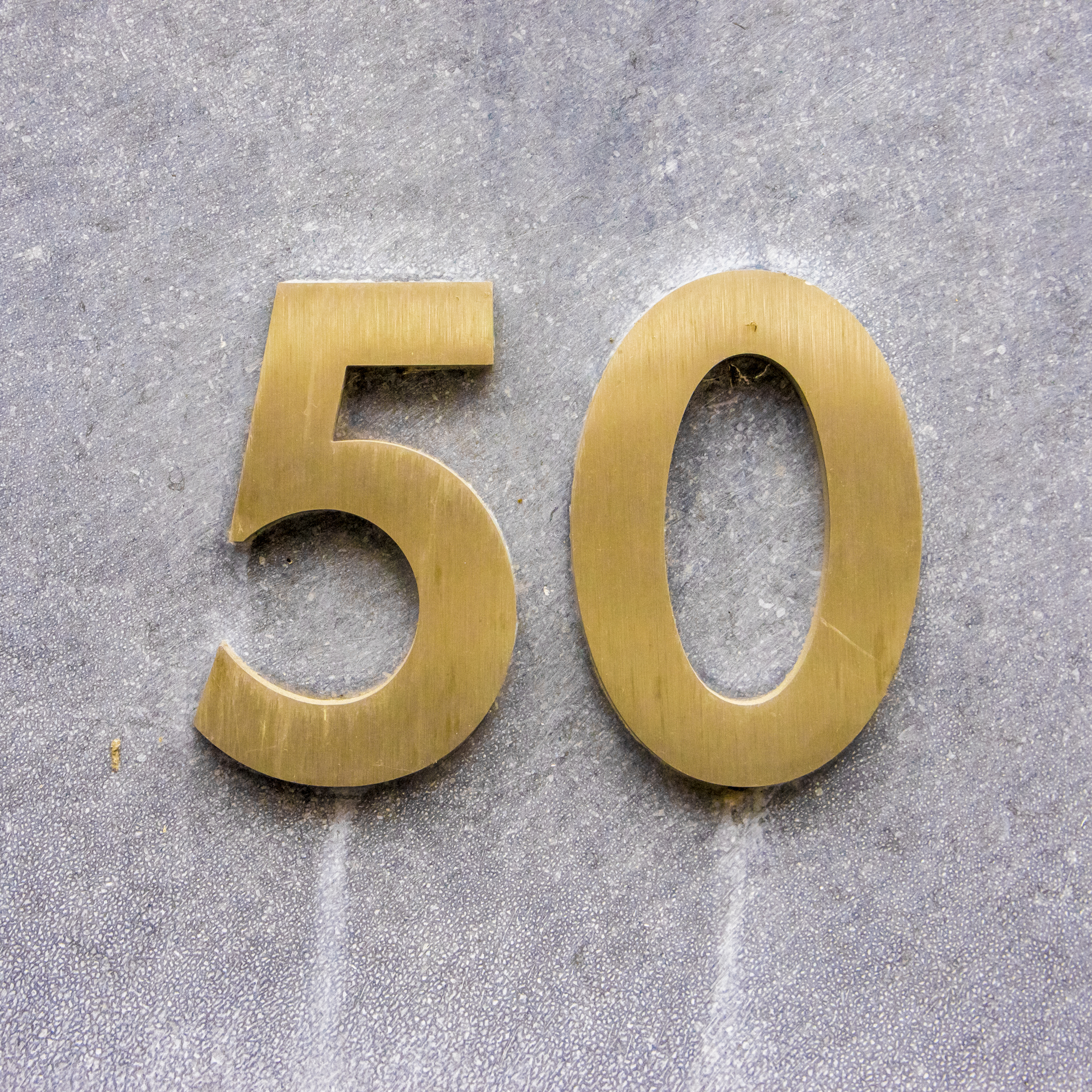Millions Could Lose SNAP Food Benefits Under Trump Tax Cut Plan
Trump's 'big beautiful bill' rolls back nearly $300 billion in SNAP funding, also known as food stamps.


The nation’s largest anti-hunger program is slated to face its most significant funding rollback in history to offset President Donald Trump’s massive tax cuts bill.
To pay for new tax cuts, Trump's so-called 'One Big Beautiful Bill,' reduces federal funding to the Supplemental Nutrition Assistance Program (SNAP), by nearly $300 billion over the next decade. Some policy analysts said the sweeping changes would “eviscerate” SNAP.
The life-saving program, formerly known as “food stamps,” helps over 40 million families with low incomes afford groceries each month. That’s about 1 in 8 people, including 1 in 5 children.
From just $107.88 $24.99 for Kiplinger Personal Finance
Become a smarter, better informed investor. Subscribe from just $107.88 $24.99, plus get up to 4 Special Issues

Sign up for Kiplinger’s Free Newsletters
Profit and prosper with the best of expert advice on investing, taxes, retirement, personal finance and more - straight to your e-mail.
Profit and prosper with the best of expert advice - straight to your e-mail.
“This would be the largest SNAP cuts in history by far, which would result in food being taken away from the hungry,” wrote Bobby Kogan, senior director of federal budget policy at the Center for American Progress (CAP).
The cuts to SNAP would come at a time of rising food insecurity and food prices.
Overall, the cost of food is expected to increase 3.5% this year. Experts warn that Trump’s sweeping tariffs on our closest trade partners will drive up the costs of canned food and other produce.
Here’s what you need to know about the potential changes coming to SNAP.
How SNAP worked before Trump's tax megabill
SNAP, formerly known as food stamps, is an anti-hunger program that helps over 40 million U.S. low-income families, older adults, veterans, and folks living with disabilities afford grocery costs.
The federal government fully funds SNAP benefits, while state governments contribute 50% of the program’s administrative costs.
Eligibility for the program is based on income and household size. Each state designs its own SNAP application process, and you can apply for benefits in person, online, or by mail.
- Folks eligible for SNAP receive an EBT (electronic benefit transfer) card.
- On average, SNAP participants in 2025 receive about $187 per month or $6.16 per day.
- Households may use it to purchase food at more than 261,000 retailers authorized to participate in the SNAP program.
You cannot use SNAP to purchase alcoholic beverages, cigarettes, vitamin supplements, or non-food grocery items. Additionally, you’ll have to reapply for the benefit program every six to 12 months. Older adults and people with disabilities must reapply every 12 to 24 months.
Trump's tax cuts defund SNAP and implement changes

SNAP and Food Stamps provide benefits to help the budgets of disadvantaged families. The nation's largest anti-hunger public program faces significant cuts under Trump's proposed tax cuts legislation.
The 'one big beautiful bill' introduces new policy changes to the nation’s largest nutritional assistance program.
Republican lawmakers approved at least $290 billion in cuts to SNAP over the next decade. That would defund the public program by nearly 30%, according to the Center for American Progress (CAP).
The new tax legislation calls on states to shoulder a portion of the federal benefit program’s costs, expand the age at which work requirements apply, and require applicants to be U.S. citizens or green card holders to be eligible. It would also prevent future administrations from increasing SNAP benefits beyond inflation.
The stricter work requirements for SNAP would also limit the eligibility of many.
- To qualify for SNAP benefits, Trump's megabill increases the age limit for adults required to work (20 hours a month) from 54 to 64 years of age.
- Under the previous tax code, those with dependents under 18 are exempt from having to meet SNAP work requirements — 80 hours a month.
- The new law requires parents or guardians of children aged 14 to 17 to work at least 80 hours per month to keep benefits.
Anti-hunger advocates argue that the cuts are short-sighted and would make it harder for certain parents and caregivers of children as young as seven to access food.
“This fails to recognize the barriers that caregivers and older adults face in the workforce,” said Jason Gromley, senior director for Share Our Strength and its No Kid Hungry campaign, in a statement.
Why Republicans cut SNAP benefits
Republicans who advocated to slash SNAP said the provisions aim to reinforce work and root out waste.
In short, they believe that more folks should work to get assistance and that the federal government is overspending on the public assistance program.
This comes as studies show that strict work requirements do not increase employment.
A statement released by GOP lawmakers from the House Committee on Agriculture, which oversees SNAP funds, said that overall costs for the program had increased to $110 billion annually, up from $60 billion in 2019.
Rolling back $290 billion in SNAP funds over a decade allowed Republican lawmakers to extend and temporarily enhance certain tax cuts from Trump’s Tax Cuts and Jobs Act (TCJA), which were set to expire by the year-end.
Some of the TCJA tax cuts, which were extended and temporarily enhanced, include key family tax breaks like the Child Tax Credit (CTC).
For more information, see our related story: 2025 Family Tax Credits: Four IRS Changes That Can Save You Money.
Food security matters

Workers pack boxes for the Commodity Supplemental Food Program at The Orange County Food Bank in Garden Grove, CA on Friday, May 9, 2025. The program serves about 25,000 local lower-income seniors. The program could lose federal money if the Trump administration's preferred 2026 federal budget becomes law.
Gutting the federal aid program is adding further pressure to food banks, as some already report shortages caused by high demand.
It’s worth noting that Republican states could feel the worst impact from the proposed $290 billion cut to SNAP, as government data shows their residents and those in rural communities are more likely to rely on the program.
“Our food bank network is gravely concerned about the impact these debilitating cuts will have in our state,” said Celia Cole, CEO of Feeding Texas, the state association of food banks. “Families across Texas are already struggling to find affordable food and healthcare, pay their rent, and put gas in the car.”
Trump's SNAP changes could also destabilize your state’s budget.
- Trump's 'one big beautiful bill' includes a cost-share plan, which would require states like Texas to pay up to 25% of food benefits and raise the state’s administrative costs from 50% to 75%.
- As an example, the Texas Legislature would have to front over $1 billion a year to keep the SNAP program afloat.
“A vote for this bill will result in more kids facing hunger – in every state, in every community, in every zip code,” said Gromley, with the No Kid Hungry campaign.
States sue Trump over SNAP sensitive data
A coalition of 21 states and Washington, D.C., introduced a federal lawsuit on July 28, 2025, challenging the U.S. Department of Agriculture and the Trump administration after the agency demanded states hand over private data for food assistance applicants and beneficiaries.
The information includes Social Security numbers, names, birth dates, and home addresses dating back five years. The agency also requires information related to immigration status and other household members.
The USDA suggested that states that refuse to turn over private data would be denied federal funding for SNAP, multiple reports show.
California and New York Democratic attorneys general are leading the lawsuit, citing that the Trump administration's effort to collect private data on low-income households is illegal. The data would likely be used to fuel mass deportations.
"President Trump continues to weaponize private and sensitive personal information — not to root out fraud, but to create a culture of fear where people are unwilling to apply for essential services," said California Attorney General Rob Bonta in a statement. "We’re talking about kids not getting school lunch; fire victims not accessing emergency services; and other devastating, and deadly, consequences."
"We will not comply with this illegal demand," added Bonta. "We'll see the President in court."
Those included in the lawsuit include: Arizona, California, Colorado, Connecticut, the District of Columbia, Delaware, Hawaii, Illinois, Maine, Maryland, Massachusetts, Michigan, Minnesota, Nevada, New York, New Jersey, New Mexico, Oregon, Rhode Island, Washington, Wisconsin, and Kentucky.
This is a developing story.
Related Content
- Here's How the Child Tax Credit Is Increasing Under Trump
- Trump's ‘One Big, Beautiful Bill’ With Trillions in Tax Cuts
- The TCJA: Key Facts on the 2017 Tax Cuts and What's Next for 2025
Profit and prosper with the best of Kiplinger's advice on investing, taxes, retirement, personal finance and much more. Delivered daily. Enter your email in the box and click Sign Me Up.

Gabriella Cruz-Martínez is a finance journalist with 8 years of experience covering consumer debt, economic policy, and tax.
Gabriella’s work has also appeared in Yahoo Finance, Money Magazine, The Hyde Park Herald, and the Journal Gazette & Times-Courier.
As a reporter and journalist, she enjoys writing stories that empower people from diverse backgrounds about their finances, no matter their stage in life.
-
 December Fed Meeting: Live Updates and Commentary
December Fed Meeting: Live Updates and CommentaryThe December Fed meeting is one of the last key economic events of 2025, with Wall Street closely watching what Chair Powell & Co. will do about interest rates.
-
 This Is Why Investors Shouldn't Romanticize Bitcoin
This Is Why Investors Shouldn't Romanticize BitcoinInvestors should treat bitcoin as the high-risk asset it is. A look at the data indicates a small portfolio allocation for most investors would be the safest.
-
 I'm a Federal Benefits Pro: I Answer These 2 Questions a Lot
I'm a Federal Benefits Pro: I Answer These 2 Questions a LotMany federal employees ask about rolling a TSP into an IRA and parsing options for survivor benefits, both especially critical topics.
-
 Is a New $25,000 Health Care Tax Deduction Coming in 2026?
Is a New $25,000 Health Care Tax Deduction Coming in 2026?Tax Policy A proposal from GOP Sen. Josh Hawley is adding to the chatter about health care affordability.
-
 Costco Sues Over Trump Tariffs: What Could That Mean for Prices in 2026?
Costco Sues Over Trump Tariffs: What Could That Mean for Prices in 2026?Tariffs The retailer is making headlines not just for its famous hot dog and gold bars but for suing the Trump administration over tariffs.
-
 Social Security Benefits Quiz : Do You Know the IRS Tax Rules?
Social Security Benefits Quiz : Do You Know the IRS Tax Rules?Quiz Social Security benefits often come with confusing IRS tax rules that can trip up financially savvy retirees and near-retirees.
-
 New 2026 Tax Change Could Mean More for Your IRA and 401(k) Savings
New 2026 Tax Change Could Mean More for Your IRA and 401(k) SavingsRetirement Savings Here's how the new IRS inflation adjustments will increase the contribution limits for your 401(k) and IRA in the new year.
-
 Capital Gains Tax Quiz: How Well Do You Really Know IRS Investment Tax Rules?
Capital Gains Tax Quiz: How Well Do You Really Know IRS Investment Tax Rules?Quiz Take our capital gains tax quiz to test your investment taxes knowledge. Learn about loss rules, holding periods, and tax incentives that could impact your savings.
-
 6 Tax Reasons to Convert Your IRA to a Roth (and When You Shouldn't)
6 Tax Reasons to Convert Your IRA to a Roth (and When You Shouldn't)Retirement Taxes Here’s how converting your traditional retirement account to a Roth IRA can boost your nest egg — but avoid these costly scenarios.
-
 Are New Trump $2,000 Stimulus Payments Coming in 2026? What to Know Now
Are New Trump $2,000 Stimulus Payments Coming in 2026? What to Know NowTax Policy A promise of $2,000 tariff dividend checks is raising questions and fueling confusion.
-
 Could Tax Savings Make a 50-Year Mortgage Worth It?
Could Tax Savings Make a 50-Year Mortgage Worth It?Buying a Home The 50-year mortgage proposal by Trump aims to address the housing affordability crisis with lower monthly mortgage payments. But what does that mean for your taxes?